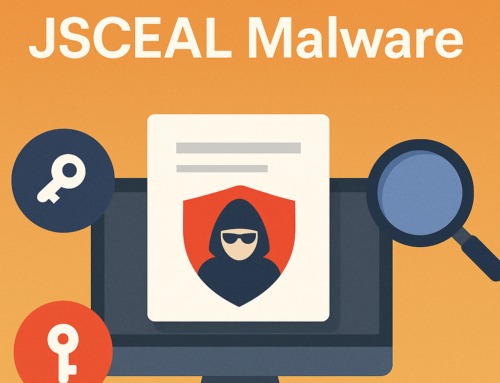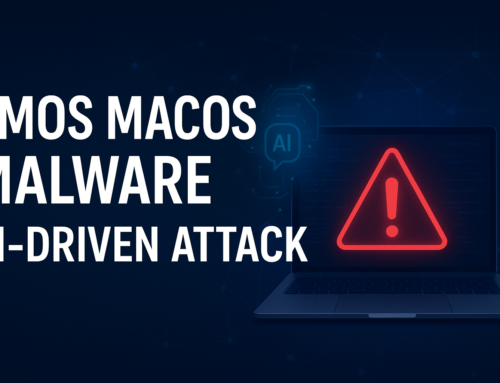A new wave of cyberattacks is actively compromising WordPress websites through the use of malicious SEO plugins capable of enabling full site takeovers.
Security researchers have identified advanced malware campaigns where threat actors disguise harmful plugins to closely mimic legitimate components within a site. This strategy significantly hampers detection efforts, allowing the malware to persist unnoticed by administrators.
One particularly deceptive technique involves naming the malicious plugin after the domain it infects. For instance, if the compromised site is example.com, the plugin directory and file might appear as example-com/example-com.php — making it seem like a native part of the website’s codebase.
wp-content/plugins/exampledomain-com/exampledomain-com.php
This naming convention allows the malicious plugin to masquerade as a custom or site-specific tool, making it difficult to detect. By mimicking the site’s own name, the malware blends in naturally with other files, evading both manual inspections and automated security scans with ease.
How the Attack Works
Once installed, these malicious plugins often lie dormant, activating only under specific conditions—most notably when a search engine crawler accesses the website.
At that moment, the plugin dynamically injects spam content, such as pharmaceutical advertisements, into the site’s pages. While regular visitors see the site as normal, search engines index the injected content, unknowingly promoting the attacker’s SEO schemes. This not only boosts the attacker’s search rankings but also severely damages the credibility and search visibility of the compromised website.
The malicious code is heavily obfuscated, using thousands of variables and complex concatenation to hide its true purpose.
Cybercriminals are leveraging deceptive tactics to compromise WordPress websites through malicious plugins. These plugins often contain obfuscated code—scattered letters, numbers, and symbols that are later assembled and executed—making them extremely difficult for security tools and even experienced developers to detect.
- Plugin Placement: The malware typically hides in the WordPress plugins directory. It often uses folder and file names that imitate the site’s domain, making it seem harmless.
- Code Obfuscation: Attackers insert fake plugin headers and thousands of variable assignments, creating the illusion of legitimacy.
- Selective Activation: The plugin activates only when search engine crawlers visit the site. This stealth tactic bypasses the attention of regular users and many automated scans.
- Remote Instructions: The plugin may pull instructions or SEO spam content from external servers, often using encoded formats to avoid detection.
- Elevated Access: Some variants allow attackers to gain administrator privileges. This enables them to create rogue admin accounts, install more malware, or completely hijack the site.
Such infections can lead to data theft, defacement, and persistent backdoors that are notoriously difficult to eliminate.
How to Protect Your WordPress Site
To guard against these evolving threats:
- Keep WordPress core, themes, and plugins updated at all times.
- Run regular malware and backdoor scans using trusted security plugins.
- Use strong, unique passwords for all user accounts, including admin, database, and FTP.
- Monitor server logs and implement file integrity checks for early detection.
- Deploy a web application firewall (WAF) to stop malicious bots and brute-force attempts.
- If a breach is suspected, consult cybersecurity experts immediately to clean and secure your site.
Stay proactive – as attackers continue to refine their methods, strong defenses and constant vigilance are essential for maintaining the integrity of your WordPress website.













Leave A Comment